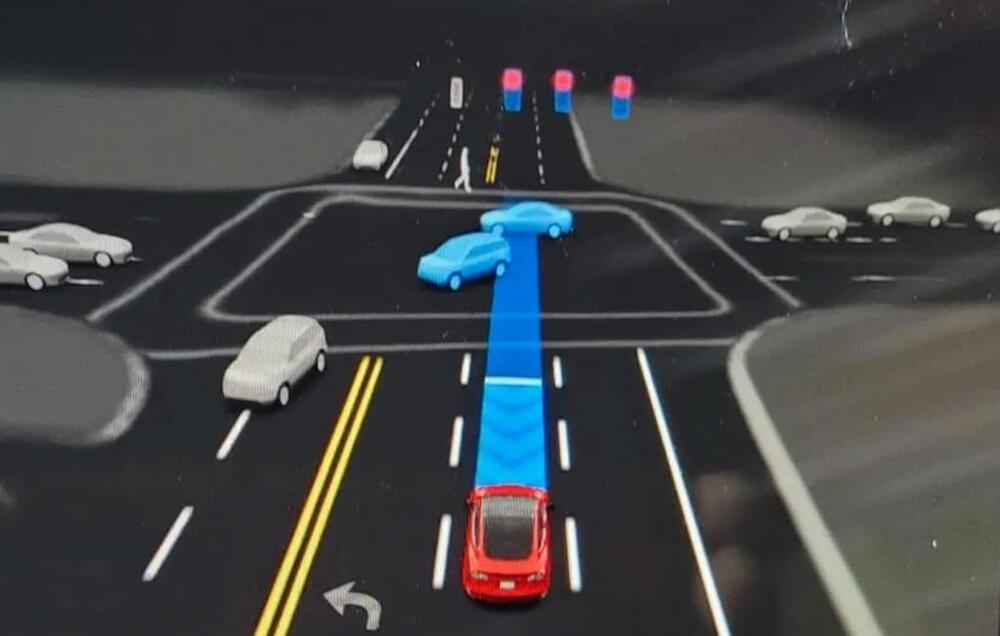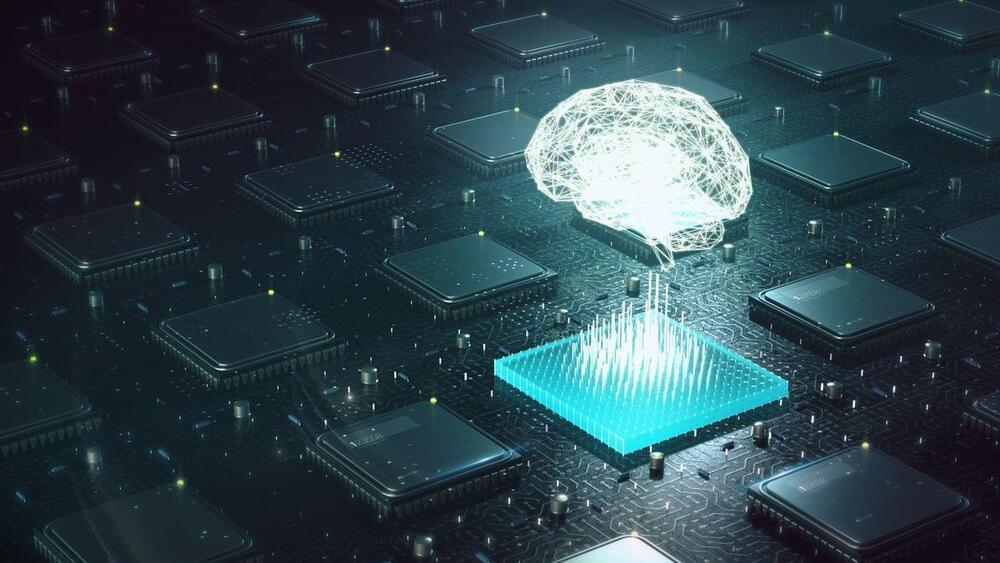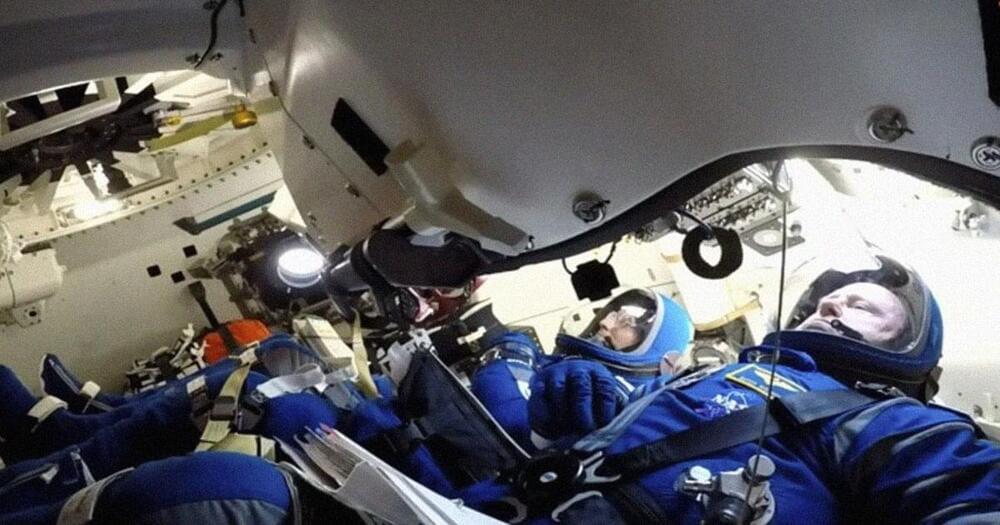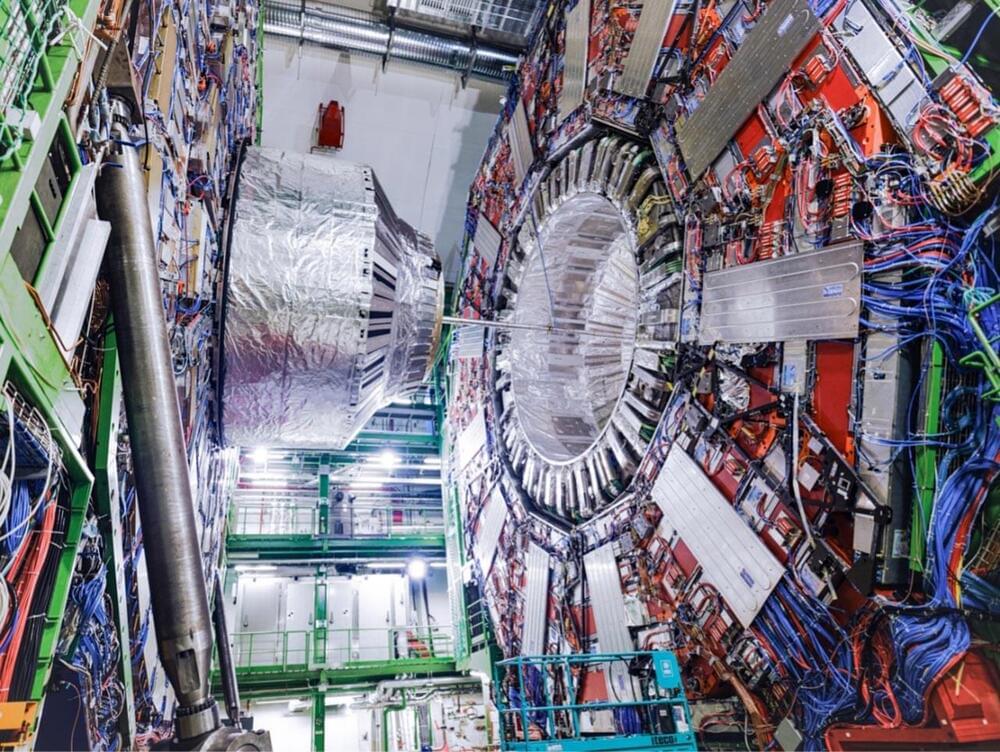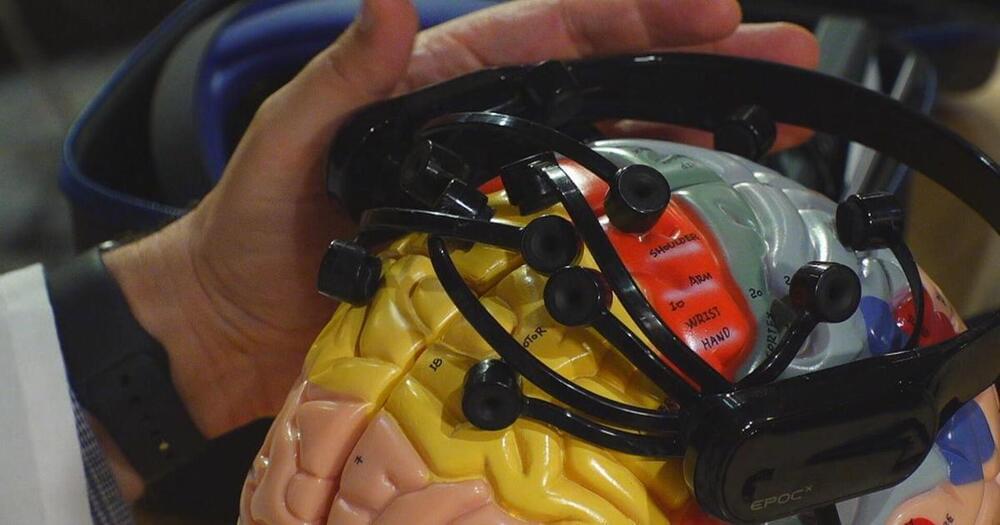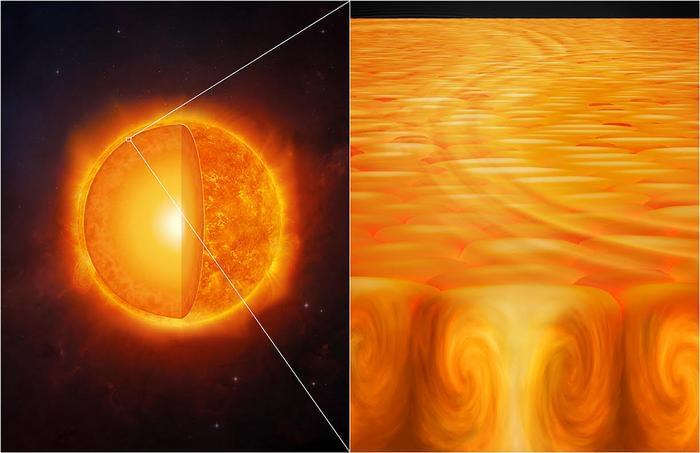Jun 27, 2024
Tesla could release FSD v12.4.2 this weekend
Posted by Genevieve Klien in categories: Elon Musk, robotics/AI
The next update to Tesla’s Full Self-Driving (Supervised) could arrive this weekend, as the long-awaited v12.4.2 is scheduled to enter an internal testing phase tomorrow.
Tesla first released version 12 of FSD in March, and it was a significant release because it was the first version that relied on end-to-end neural nets, instead of over 300,000 lines of hand-written code. With the switch, CEO Elon Musk said that each revision should result in significant improvements, saying that v12.4 should see a 5 to 10 times improvement in miles per intervention.
However, v12.4 was only released to a limited number of testers earlier this month, more than four weeks after Musk initially said it would be available, and it received a luke-warm response, with a number of bugs and erratic driving behaviours reported. As a result, it has yet to go to a wide release.
